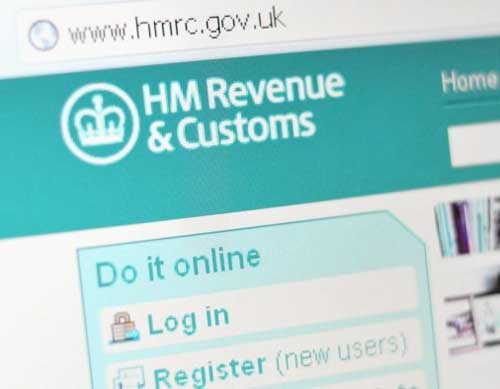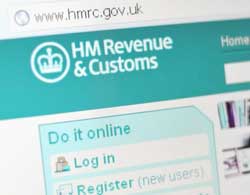HMRC collected around £787 billion in taxes in the last tax year (2022-2023), with 57 percent coming from income tax, national insurance and capital gains tax. The other top contributors to the tax take were VAT at 21 percent and corporation tax at 9 percent.
Annual tax revenues has doubled over the last twenty years, from around £400 billion to £800 billion, whereas Tax tax as a percentage of GDP has remaining around 25 to 30 percent.
VAT take in the 2020 pandemic fell sharply by around £30 billion to £100 billion but bounced back sharply one year later to £160 billion which matched the trending forecasts. The reduced income was also due to the provisions made to help businesses with deferred payments and a 5 percent temporary VAT rate for certain trade sectors.
People with income below £200,000 and assets worth less than £2 million make up the bulk of HMRC 'customers'. The segment of 34 million individuals paid around £315 billion in PAYE and NICs. £20 billion in corporation taxes, VAT, duties and capital gains. HMRC also reported a tax gap of £2 billion for this segment. The tax gap is the difference between the amount of tax to be collected and the amount actually collected - caused through tax evasion or tax avoidance.
HMRC classifies 'wealthy individuals' as those with incomes over £200,000 or those with assets worth more than or equal to £2 million. This segment of 850,000 individuals paid £65 billion in PAYE and NICs, £50 billion in corporation taxes, VAT, duties and capital gains. The tax gap for this segment was reported at £1.7 billion.
Wealthy individuals made up 2.5 percent of individual taxpayers and paid 25 percent of individual taxes.
95 percent of businesses in the UK are 'small businesses' and have a turnover of less than £10 million - with fewer than 20 employees. This segment paid £90 billion in PAYE and NICs. The segment also contributed £105 billion in corporation taxes, VAT, duties and capital gains. The tax gap however was reported as £20 billion - ten times higher than that of individual taxpayers.
5 percent of businesses in the UK are 'medium sized businesses' and have a turnover of between £10 million and £200 million - with 20 employees or more. This segment paid £150 billion in PAYE and NICs. The segment also contributed £50 billion in corporation taxes, VAT, duties and capital gains. The tax gap however was reported as £4 billion - a fifth of the small business tax gap.
Large businesses, which are outside the above two classifications (£200 million+ turnover or £2 billion in assets). £135 billion in PAYE and NICs receipts from this segment coupled with £185 billion from corporation taxes, VAT, duties and capital gains.
Income from fuel duty has remained around £20 to £25 billion over the last twenty years, whilst the amount as a percentage of GDP has been dropping - halving from near 2 percent to 1 percent.



